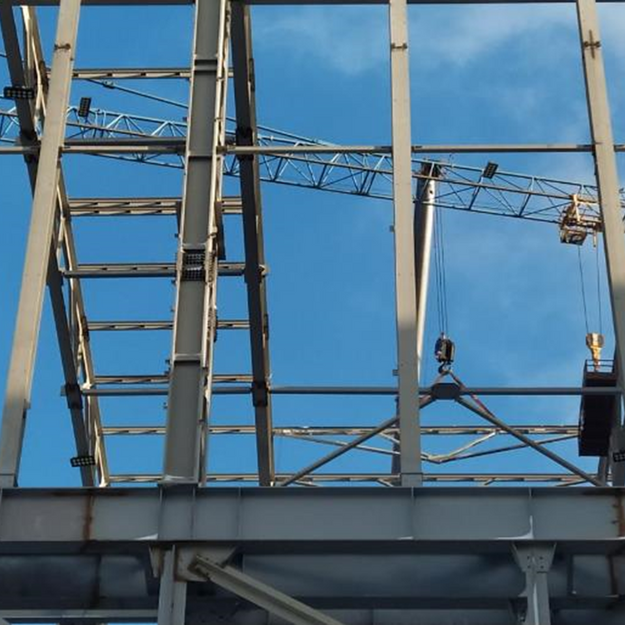
Technological line № 2

"Ferrostroy" LLC actively implements these technologies in the work process and cooperates with partners aimed at improving the construction industry in Ukraine. BIM technologies are becoming an important tool in the reconstruction of the country and the development of projects. During the period of military aggression of the Russian Federation on the territory of Ukraine, the company "Ferrostroy" LLC is actively involved in the development of projects of modular houses for displaced persons. For this purpose, we suggest intensifying the use of BIM technologies.
As mentioned earlier, BIM technologies are a concept of building information modeling, which allows you to collect and process all the necessary information about the building at various stages of its life cycle. According to the principles of BIM, the building object is designed as a single integrated system, and any change in one parameter automatically affects other parameters and objects. This allows architects, designers, engineers and other professionals involved in the project to work on different aspects of the project in parallel. That is why BIM technologies are becoming a key tool in the construction industry, providing the opportunity to work remotely and efficiently.
In order to create living conditions for internally displaced persons, we propose to provide 116 beds for internally displaced persons and initial conditions for their formation and adaptation, actively using VIM technologies. Brief description of the construction object and its composition: purpose of the building - a dormitory for internally displaced persons (purpose: 02.03 For the construction and maintenance of an apartment building. Functional purpose: Zh-3 (apartment residential building (a zone of an apartment building); number of floors – 3; the overall dimensions of the building are 36 m x 20.3 m; the basement is a dual purpose structure with protective properties of radiation shelters.
The structure of the building has an incomplete frame with load-bearing external walls and longitudinal reinforced concrete frames with rigid joints as well as a stairwell. The rigidity of the building in the transverse direction is ensured by reinforced concrete floor slabs welded to the crossbars, and in the longitudinal direction the rigidity of the frame is ensured by rigid nodes of support of the columns on the foundations and rigid nodes of adjacency of the crossbars to the columns in the longitudinal direction of the building. Brief description of the construction site: a plot of land with an area of 0.6 ha for the construction of a dormitory for internally displaced persons; the purpose of the land plot is for the construction and maintenance of an apartment building. Here it is important to note that VIM technologies allow creating detailed 3D models of the building, which facilitates the analysis and determination of optimal solutions for the use of resources.
Thus, with the help of 3D technologies, we can simulate that partially destroyed buildings and structures made of reinforced concrete and bricks are located in the construction area. The plot has greenery in the form of trees and bushes. The construction area is cleared before the start of work. Designing is carried out taking into account the existing actual situation in the area. The adjacent territory of the object has a built-up area and a transport and road network. The markings of the vertical planning of the adjacent territory are chosen in connection with the adjacent territory, in accordance with the existing landscaping to ensure the drainage of rainwater.
Drainage of rainwater is designed with the help of a longitudinal slope of road surfaces with subsequent discharge into a water receiving tank. The construction of the road surface was adopted in accordance with the design task and in accordance with the standardization of the non-rigid type of hot asphalt concrete. Therefore, the use of VIM technologies in the construction of a dormitory for displaced persons can ensure the effective use of resources, increase the efficiency of construction and operation, as well as ensure the comfort and safety of residents. Also, practical examples demonstrate how BIM allows for various analyzes and simulations of various aspects of the construction process, such as energy efficiency, structural stability, fire safety; allows to identify problems and risks in the early stages of design, which allows to improve the design and reduce costs in the later stages of construction.
Moreover, BIM can be used to manage the entire life cycle of a construction object, including the operation and maintenance phases, and allows for the implementation of standardized approaches to design and construction, which can improve the quality and efficiency of projects. Thus, BIM technologies represent an effective and innovative approach to the design, construction and operation of buildings and structures. Their use makes it possible to significantly improve the quality and accuracy of design, as well as to reduce costs and time for design and construction. They also ensure effective coordination of work between project participants and increase the safety of facilities.














